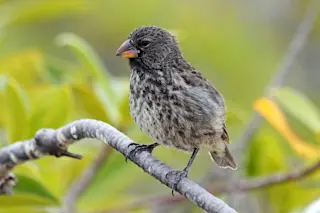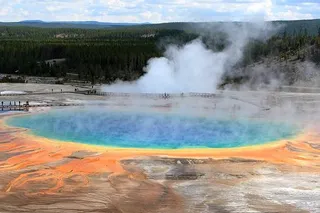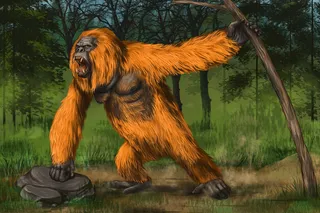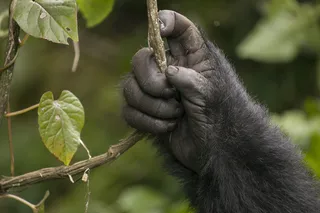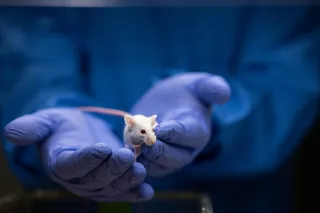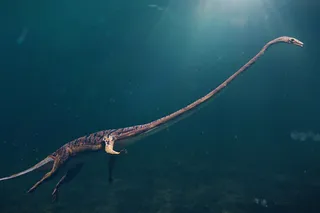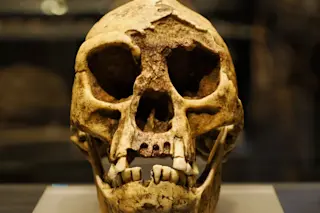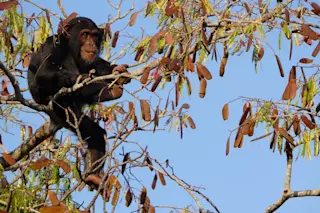In his 1859 book On the Origin of Species, Charles Darwin introduced the idea that a single species could split apart into two or more separate species. But despite giving this process a name, “specification,” Darwin was surprisingly imprecise about the mechanisms through which one type of organism separates into several.
Today, biologists are much more knowledgeable about this process, which they call “speciation.” Here’s what you need to know about speciation, and about the primary pathways of this process, known as “allopatric speciation” and “sympatric speciation.”
Before jumping into the specifics of speciation, it is beneficial to first understand the biological definition of a species. A species is a group of organisms whose members share similar traits, but biologists don't always agree on what those traits should be. “No one definition has as yet satisfied all naturalists,” Darwin wrote all the way back in 1859, “yet every naturalist knows ...



